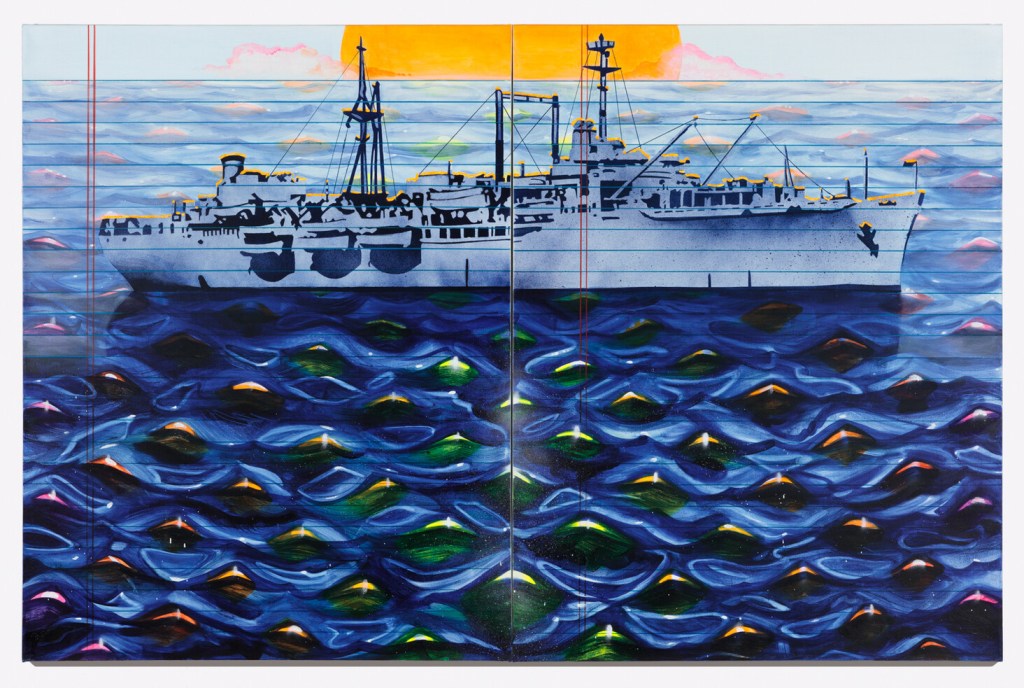
Contributed by Jonathan Stevenson / Daina Higgins began her vocation as an artist in the 1990s as a quintessential outsider: she was not only a graffiti artist in her native Columbus but also one of the few young women then so engaged there. Her noirish attraction to the oblique angles and ominous shadows of a presumptively benighted urban landscape in the Rust Belt has never flagged. At the same time, her paintings and drawings have acquired the existential gravitas that comes, if an artist has the requisite talent and mind, with the travails of life, the burden of lineage, and the compulsion to reflect on them. Her elegiacally retrospective 2024 painting Growing Up Graffiti embeds both her creative origins and their thematic throughline. She draws as well as she paints, which allows her to get very busy on the canvas without flummoxing her audience. A forbidding gray arch beneath a city bridge catches fearless light from the Day-Glo applications of two taggers at work as swirling charcoal auras waft upward from makeshift shelters and distressed flowers to the moon, struggling to break through crosshatched, tendrilled darkness. Alongside the beavering artists are railroad tracks that gain illumination as they proceed Oz-like into the distance towards a water tower – traditionally a symbol of progress, community, and providence – blessed by a setting sun, its light unimpeded.
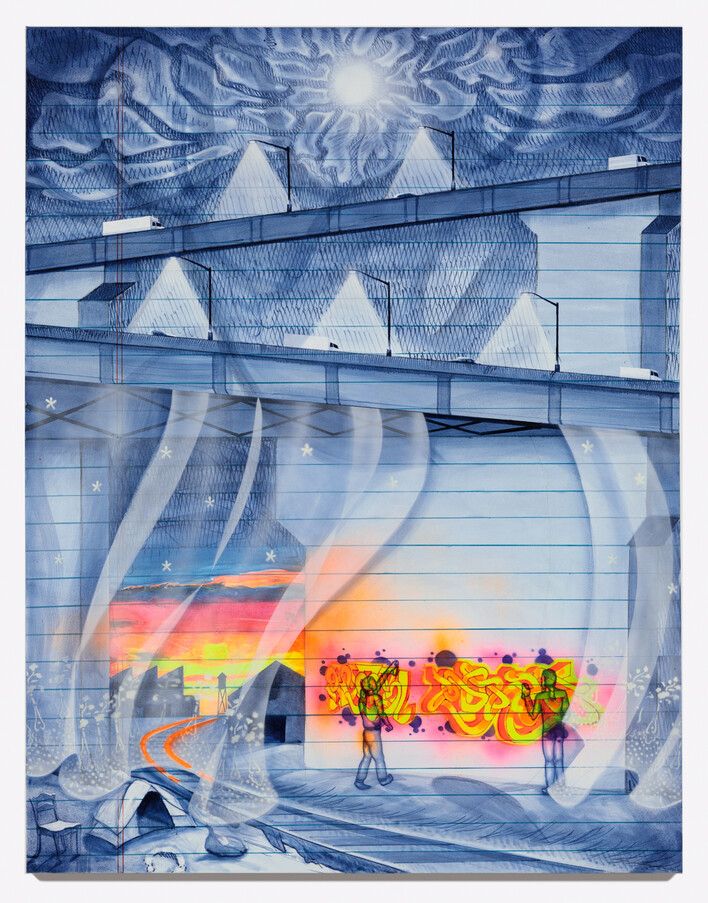
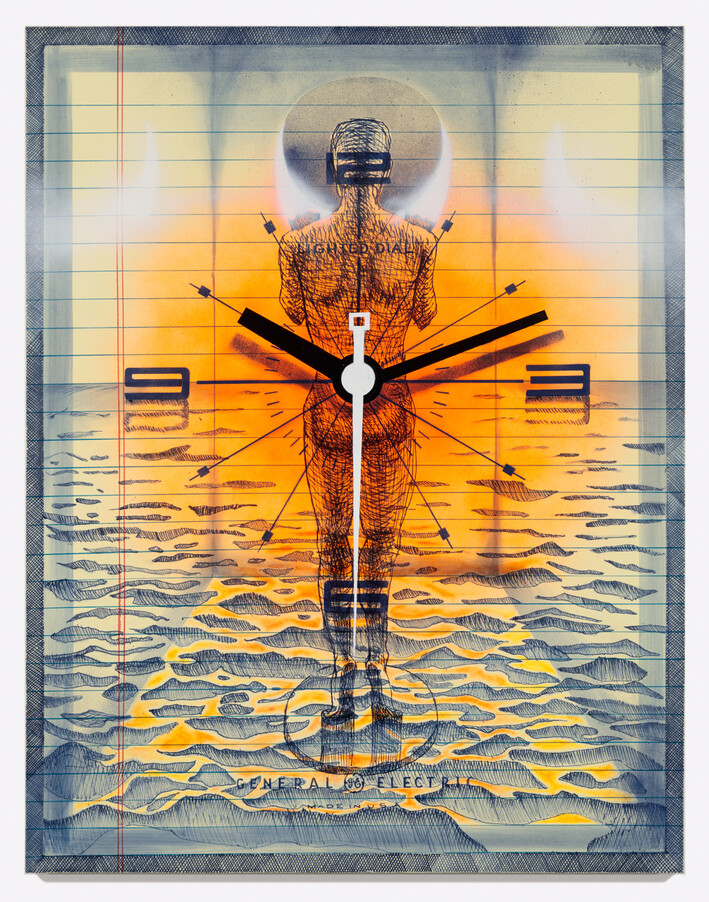
The piece showcases the deft narrative synthesis and the correspondingly elegant visual integration that distinguishes Higgins’s work. These features are decidedly hers, accented as they are with the fantastical, though here her exacting composition and cryptic New World optimism nod towards Charles Sheeler and the Precisionists, her harmonization of complex and varied content and unflinching embrace of conflict and angst towards David Humphrey. Sources of loss and distress, of course, are abundant. For Higgins, they are psychically located in her background as a child of a Lithuanian war refugee. These influences emerge in the sardonically titled painting, also made in 2024, I Went To A Genocide Museum On My Honeymoon, which Higgins in fact did. The painting itself, however, does not visually reference war crimes, their institutionalized memory, or romantic escape. Instead, it presents a naked male, back to the viewer, standing on open sea, and aligned with the hands of a vintage General Electric alarm clock, gently glowing. Higgins may be refracting the tension between jeopardy and security, spanning an ocean, that her heritage carries. The ambivalence of displacement is also eloquently rendered on three smaller, less elliptical canvases – Birth Home / You Can’t Go Home Again, Family Tree, and Dual Citizen – each presenting an eerily fraught domestic tableau nestled in plants, the pastoral trappings of arrival and comfort.
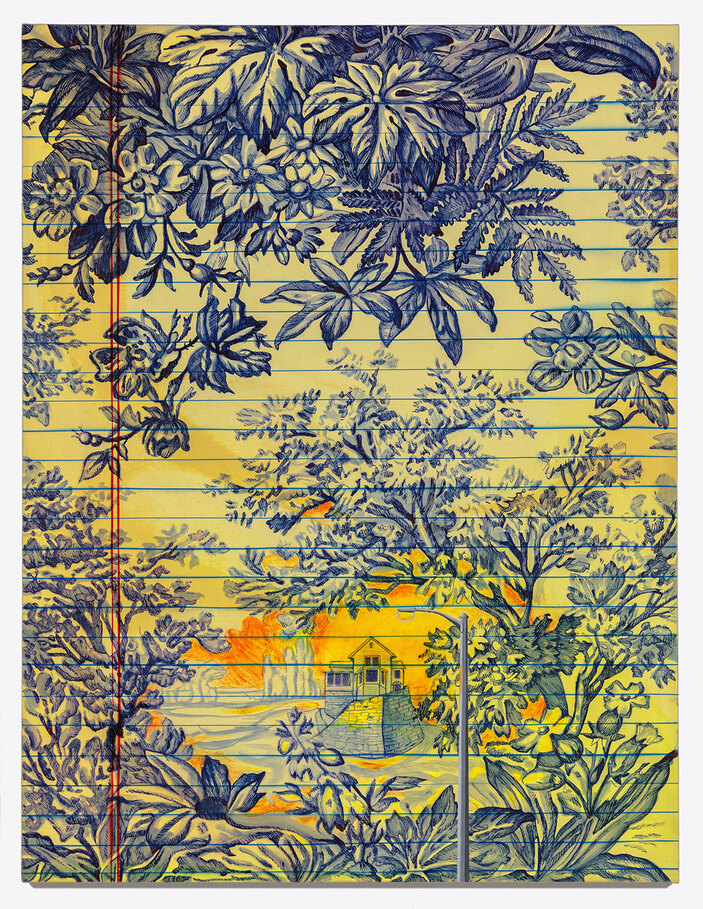
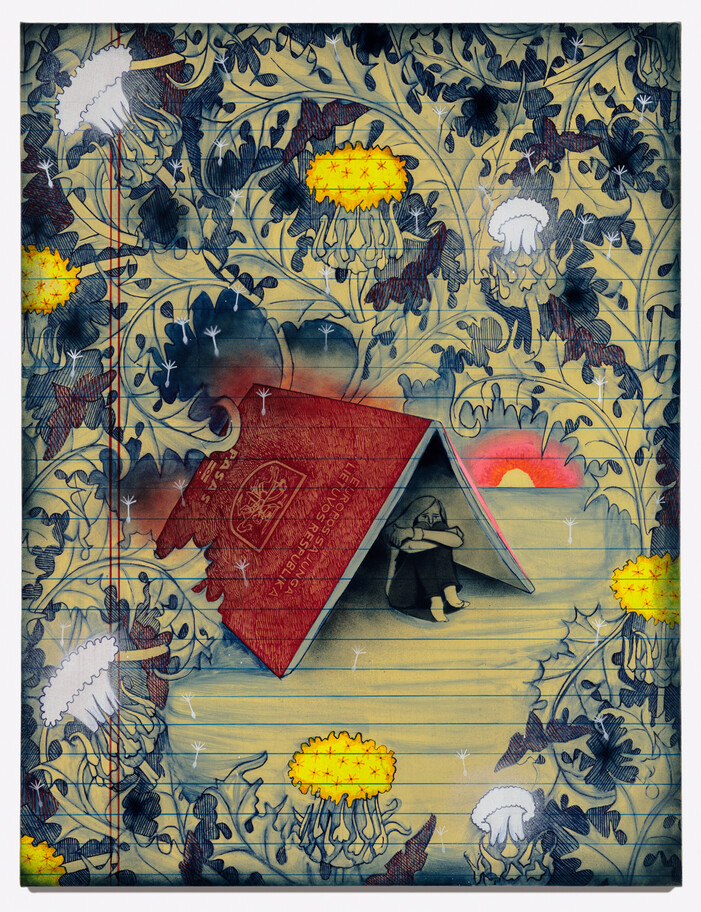
Folk Art, a very large painting, complicates this purposefully arch schmaltziness, deadpan and irreverent, with a kind of humble resolve. A lightly caricatured figure visible through a lighted window, clearly the artist herself, putters around inside a gray commercial building while another woman lays on the roof trying in vain to paint graffiti on the façade with a roller. Fringing the top and bottom of the picture are the patterns of a needlepoint sampler. On the right is a narrow road out of the city, brightly lit and not taken. Higgins thereby dubs a fondly recalled outlaw activity legitimate, if putatively lesser, art. In itself, this is hardly revolutionary; it goes back to Basquiat and in spirit farther still to the Ashcan School. But she is angling for repose rather than upheaval. Her plight is that contentment with one’s lot is hard to find. To her credit as an artist, she refuses to circumscribe her world to make it easier. In the “Ridge Avenue” series, she stays close to home, recording with delicate visual equanimity the clashing social influences that have mottled that Philadelphia road. In a series she calls “Letters To Home,” Black Market, a grippingly multivalent piece reminiscent of Max Beckmann, both haunting and droll, vaults back to Eastern Europe. The painting lionizes a wartime smuggler – based on a Lithuanian relative – clever enough to slip vodka and Marlboros as well as bread into a refugee camp, bathing the man in dingy light as he presides burgher-like over the profitable distribution of his haul.
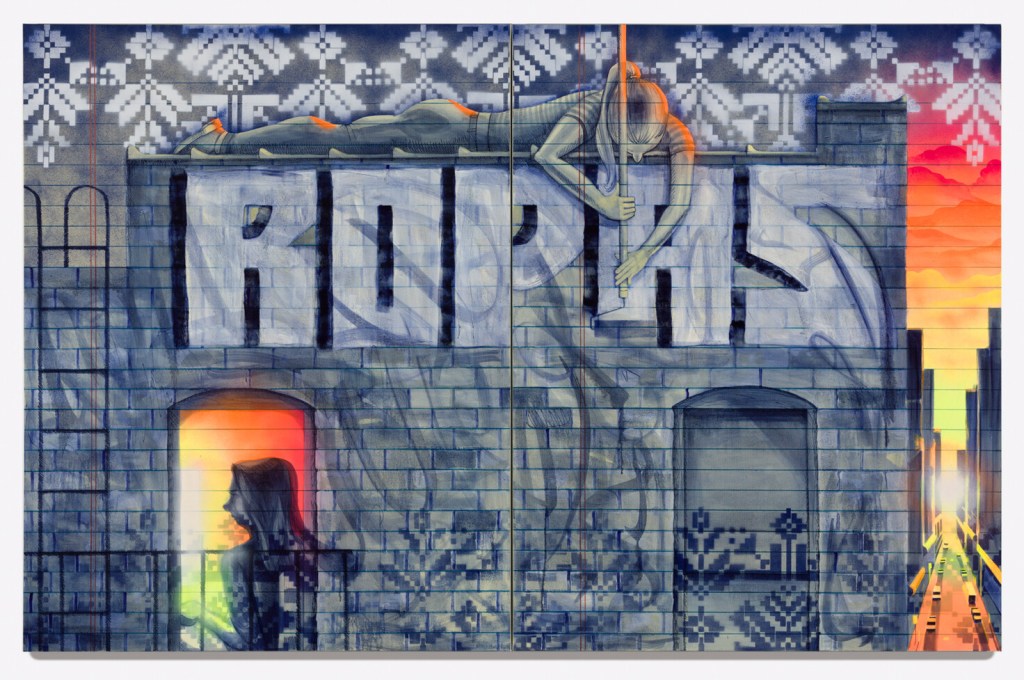
If Higgins is at heart an émigré painter, she is also a resolutely American one. Refugees aboard the ship in From Europe to the Technicolor World, landing with their papers in Arrival of the Displaced, and finally ensconced in blithe consumerism in Two American Girls bid farewell to the earnest matrons in Women of Kaunas and Kūčios Table. Seamlessly marshaling oils, acrylics, and sometimes spray paint, Higgins often replicates in her paintings the lines of the legal pads she uses for studies, imparting at once the contingency of itinerancy, the stability of the grid, and the casualness of doodling – metaphorically, persistent dread and the need to control and leaven it. Such skill, versatility, and inventiveness enable her to blend photorealism and surrealism, grittiness and loftiness, observation and protest, symbol and narrative over the breadth of her oeuvre. It’s her ensorcelled edginess and constructive insomnia, though, that make her work so arresting. Her grooves are the landscape and the portrait, but they serve as repositories for mordant agitation, exposing, like Christian Petzold’s 2018 film Transit, the trepidation that sticks. Ostensibly innocuous family portraits are styled “epitaphs,” and several post-emigration paintings – Summer of Fire, Grandma’s House in Cleveland, Housing Crisis, and Triangle of Sadness – signal inescapable dangers, physical and psychological, over here.
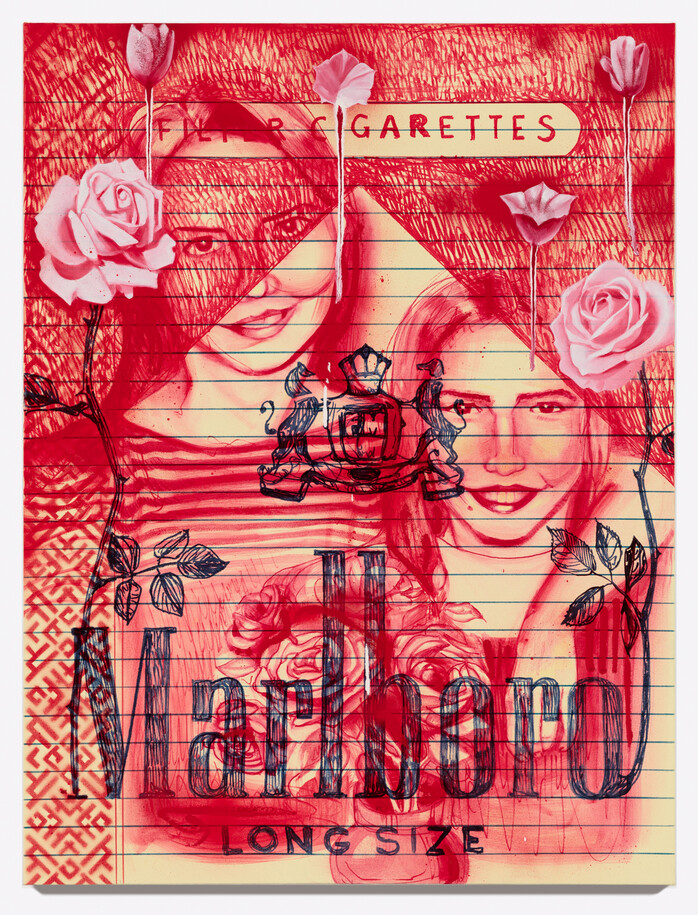
While Higgins’s pieces are occasionally straightforward – for instance, California Smoke, which situates a struggling sun in the middle of football goalposts, Dark Cloud, depicting the hovering imperilment of an American flag in a parking lot, and the pandemic painting Forbidden Drive – they invariably calibrate assertiveness with inquisitiveness and tinge doubt with hope. In the wake of George Floyd’s murder and the Black Lives Matter protests, Higgins chronicled the decay, graffitiing, and felling of monuments that celebrated Confederate figures, colonial predators, and latter-day racists. These paintings differ from Folk Art and Growing Up Graffiti in their stark and phlegmatic hyperrealism, which reflects Higgins’s sound assessment that the subject and the act of painting alone tell that particular story without requiring discursive enhancements. Yet the aesthetic decision merely to make and show the paintings prompted targeted harassment that wreaked havoc in her life and forced her to relocate. Alerted in advance to all the nastiness that such a project could visit on her, Higgins might well be compelled to take it on anyway.
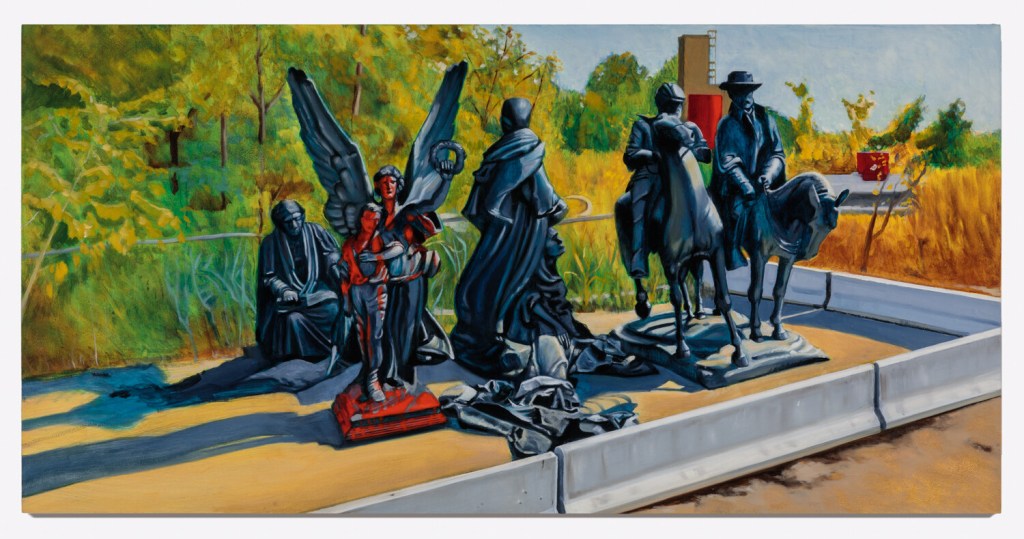
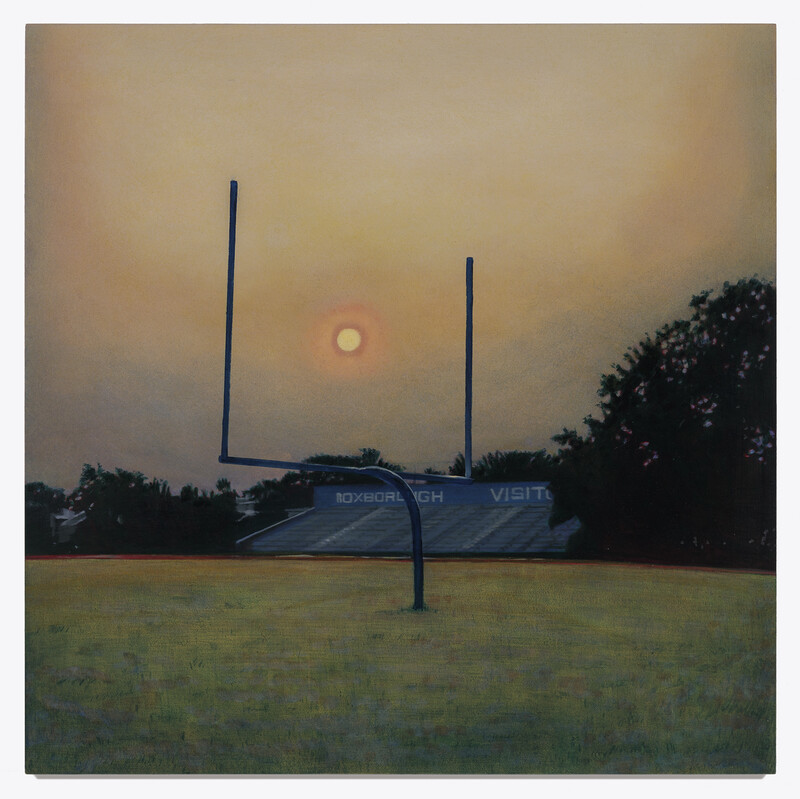
“Belonging: The Long Island City Studio Collective,” Contemporary Art Matters, 243 N 5th Street, Suite 110, Columbus, OH. Through May 30, 2025. Co-curated by Rebecca Ibel and Laura Sanders. Participating Artists: Elham Bayati, Laura Bidwa, Sarah Fairchild, Adrian Hatfield, Erika B. Hess, Daina Higgins, Dion Johnson, Heather Jones, Kurt Lightner, Jodi Lightner, Nikos Rutkowski, Amy Sacksteder, Laura Sanders, and Johnny Taylor.
In New York, corresponding to “Belonging: The Long Island City Studio Collective,” there will be a special one-day studio exhibition and reception hosted by the Long Island City Studio Collective and Contemporary Art Matters on Tuesday, May 6, from 10 AM to 6 PM, at LIC Studios, 21-16 40th Avenue, Long Island City. The exhibition will also be open by appointment through Friday, May 9; please contact info@contemporaryartmatters.com.
Note: This essay originally appeared in a catalogue created on the occasion of the show.

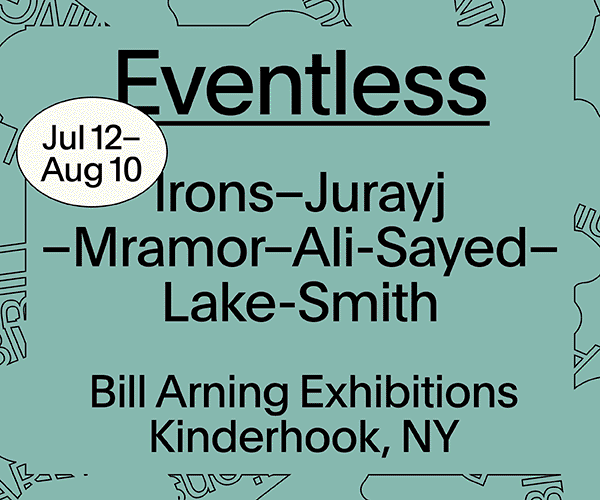
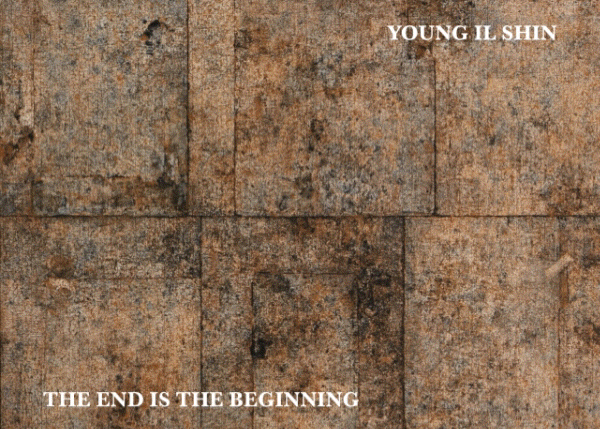
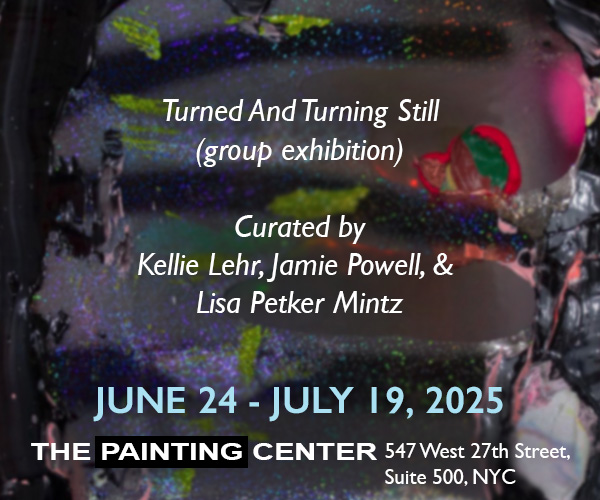
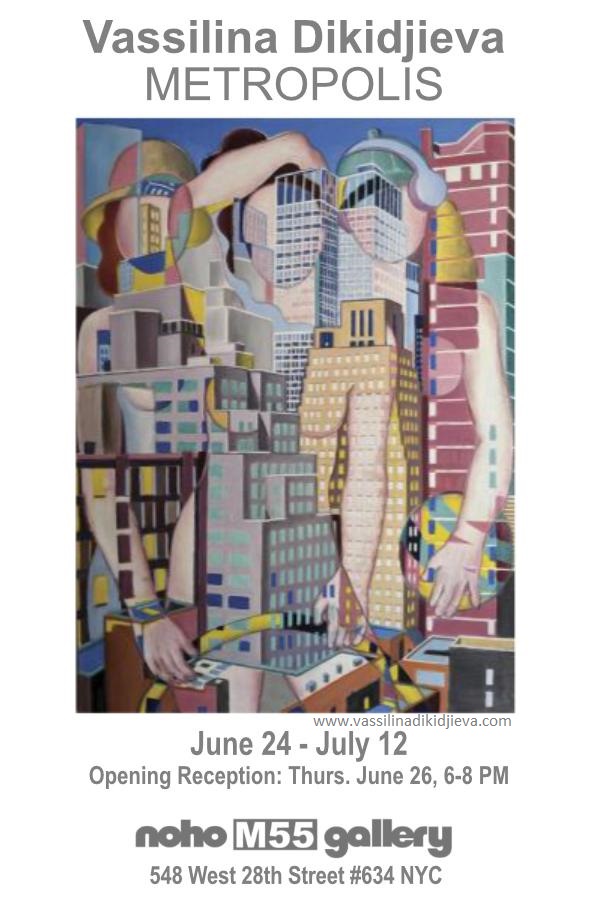
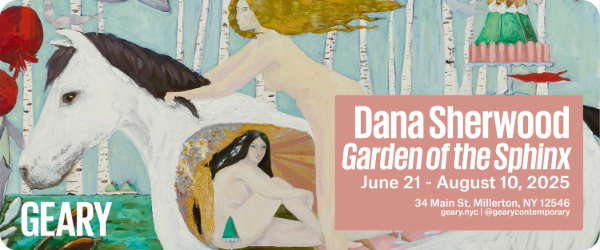










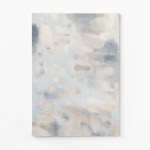
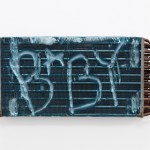
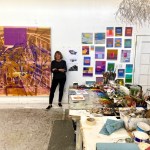
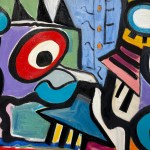
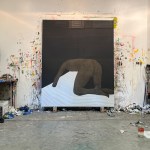
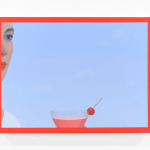
Thank you for this very interesting, in depth article about the artist. I have really enjoyed following her work since I first saw it at Cerulean Arts Gallery in Philadelphia. (I believe the paintings I saw were part of the “Ridge Ave. Series”.
Best Wishes,
Elizabeth Heller